Key Factors When Looking for Accelerated TMS Near You
A major challenge for patients with depression is that traditional antidepressant medications often take weeks or months to show results — if they work at all. This delay can be especially...
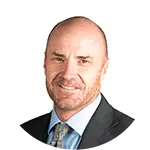
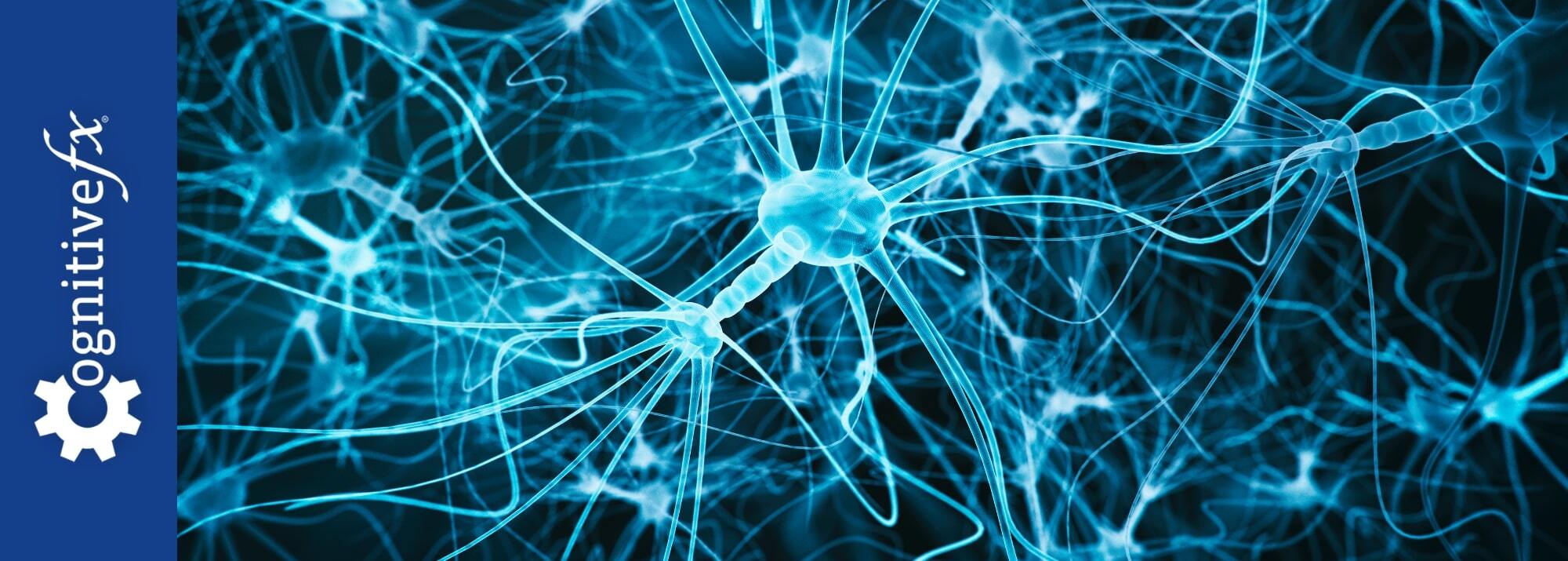
If you’re considering accelerated Transcranial Magnetic Stimulation (TMS) therapy, it’s important to understand how it works, what to expect, and whether it’s the right fit for you.
All forms of TMS use magnetic pulses to stimulate a part of the brain called the dorsolateral prefrontal cortex (DLPFC), but there are meaningful differences between treatment protocols. For example, accelerated intermittent theta-burst stimulation (iTBS) delivers multiple sessions per day over a shorter period, offering faster symptom relief for many patients.
In this article, we answer 15 frequently asked questions about accelerated TMS, grouped into five sections for easy navigation:
Accelerated TMS is a faster, more intensive form of Transcranial Magnetic Stimulation (TMS), designed to shorten the overall treatment time. Traditional TMS—known as repetitive transcranial magnetic stimulation (rTMS)—is effective for treating depression, but each session takes about 40 minutes and is limited to one per day. As a result, a full course can stretch over six weeks, which many patients find difficult to maintain due to work or family commitments.
Accelerated TMS addresses this issue by using much shorter sessions—typically around 3 minutes—allowing multiple treatments per day and completing the full course in just one week.
This faster approach is possible thanks to a specific pulse pattern called Intermittent Theta-Burst Stimulation (iTBS). iTBS mimics natural brain wave activity using rapid bursts of three magnetic pulses (called triplets) delivered every 10 seconds.
In 2022, researchers at Stanford University took this a step further by combining iTBS with advanced brain imaging and neuronavigation technology to precisely target the dorsolateral prefrontal cortex (DLPFC)—the area of the brain targeted in TMS for depression.
This protocol, known as SAINT™ TMS (Stanford Accelerated Intelligent Neuromodulation Therapy), is now considered the gold standard for treatment-resistant depression—cases that haven’t responded to multiple rounds of antidepressant medication and psychotherapy.
Yes, the FDA approved accelerated TMS (specifically, intermittent theta-burst stimulation) in 2018, and the SAINT™ protocol received FDA clearance in 2022.
Most studies show that the success rates of accelerated TMS using iTBS are similar to rTMS, improving symptoms in about 50% of patients with depression, with a remission rate of over 30%. Many patients also report a decrease in suicidal ideation, suggesting that iTBS could be a better option for rapidly treating patients at high risk of suicide.
This may not seem much of an improvement compared to rTMS. But when accelerated TMS is condensed into a one-week treatment time frame and combined with functional MRI and neuronavigation (per the SAINT protocol), it elevates treatment outcomes to a whole new level.
In a double-blind randomized clinical trial, about 86% of patients responded to the SAINT treatment, and around 79% reached remission. All participants had treatment-resistant depression and had failed at least two other depression treatments.
One month after treatment, 60% were still in remission. In addition, this protocol quickly reduces depressive symptoms and suicidal ideation within 5 days, without serious adverse side effects.
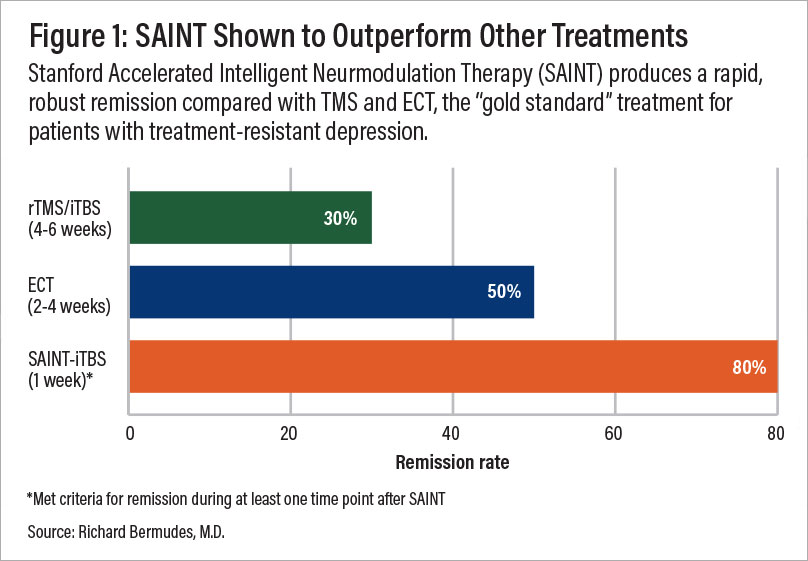
A comparison of remission rates for rTMS/iTBS, electroconvulsive therapy (ECT), and SAINT-iTBS.
If you’re considering accelerated TMS, it’s helpful to see how this option compares to other common treatment options, such as antidepressant medications, ketamine, and electroconvulsive therapy.
Commonly used depression medications, such as SSRIs, have lower success rates compared to TMS. The largest antidepressant study ever conducted revealed a remission rate of only 35% after patients had tried four different antidepressants.
Additionally, fewer than 2% of patients found relief with a third or fourth medication after their depression persisted despite two unsuccessful attempts. Moreover, while patients can often feel the effects of TMS within days, antidepressant medications may take 6 to 8 weeks to show results and are usually accompanied by unpleasant side effects.
Many patients begin feeling relief just hours after their ketamine treatment, with 50% continuing to experience improvements up to a week later. However, ketamine doesn’t provide the long-term benefits associated with accelerated TMS. After six months of ongoing ketamine treatments, only 26% of patients still respond, and just 15% achieve remission.
Further reading: Ketamine vs. TMS: Compare side effects, effectiveness & cost
ECT can be a safe option to treat depression with success rates that often exceed those of rTMS (but not SAINT-iTBS). Studies show that over half of patients with depression respond to ECT within the first week. Overall, almost 80% show significant improvements, and about 40% to 60% of patients achieve remission after a few weeks of treatment.
Further reading: ECT vs. TMS: Compare side effects, effectiveness & cost
Accelerated TMS treatment sessions begin with identifying the exact location to place the electromagnetic coil. Precision here matters—even slight misplacement can significantly reduce the effectiveness of treatment.
There are three main methods for locating the treatment target area:
The 5 cm method (most common; least accurate): This method involves identifying an area on top of the head called the motor cortex. Operators locate this area using magnetic pulses, which force the patient’s thumb to move. Once the motor cortex is located, operators measure 5 cm along the parasagittal plane anterior to the activation hotspot in the motor cortex. Many studies now show that this method can be unreliable because it doesn’t account for individual variations in brain size and shape between patients.
Beam F3 method (EEG Cap): This method relies on the International 10–20 EEG system to locate the left dorsolateral prefrontal cortex (the treatment target area). Operators place a cap with a grid on the patient’s head and find position F3 to place the magnetic coil. Although studies show that the F3 method is slightly more accurate and reliable compared to the 5 cm method, the differences are minor and unlikely to be substantially better. In addition, even a simple haircut can change how the cap fits the patient, which means it can vary from session to session.
Functional MRI and neuronavigation (most accurate; produces best results): This method relies on a brain imaging scan called functional MRI (fMRI), which can accurately identify the location of an active DLPFC. fMRI provides much greater accuracy than other methods in locating this brain region and explains why fMRI-guided treatment (used at our clinic) has far higher success rates. Some clinics may offer a structural MRI (as opposed to fMRI) with neuronavigation. This would be second in line for ideal options.
Once the therapists have identified the location of the DLPFC, they can place the electromagnetic coil in that location to start the treatment protocol. When the machine is turned on, patients may feel a tapping sensation and a clicking sound for a few seconds, followed by a pause. This pattern will repeat a few times. Sometimes, patients may experience mild scalp discomfort during the tapping. Patients don’t need to undergo anesthesia or receive any medication and remain awake and alert during the procedure.
Standard accelerated TMS protocols (with iTBS) are typically administered with daily sessions, 5 days per week, over 4 to 6 weeks for a total of 20 to 30 TMS sessions.
In contrast, protocols following the SAINT method offer a more efficient one-week treatment plan. Patients sit for ten 10-minute daily treatment sessions. This treatment schedule is repeated for five days, for 50 total sessions, making it much more convenient for people to complete amidst work, childcare, and other life commitments.
Patients respond to accelerated TMS at different rates. Most patients undergoing the SAINT protocol schedule start to experience some improvements within a few days after starting their treatment; for others, it may take a little longer.
or example, there is some evidence that this accelerated protocol can reduce the severity of suicidal ideation in just five days. This is significantly faster than other depression treatments, such as antidepressant medication and psychotherapy, which may take weeks to begin providing some relief.
Accelerated TMS is a non-invasive outpatient procedure that doesn’t require recovery time. As soon as sessions are complete, patients can resume normal activities, including driving home from their appointments, going back to work, etc.
As with any treatment for major depression, relapse is possible after accelerated TMS. However, many patients experience lasting relief, with most who reach remission remaining symptom-free for at least six months—especially when follow-up maintenance sessions are used to prevent recurrence.
The long-term effects of the SAINT protocol are still being studied, but early data suggest that about 50% of patients remain in remission six months after treatment. Maintenance TMS sessions and/or cognitive behavioral therapy (CBT) may help extend these benefits even further.
A major benefit of accelerated TMS is its mild, short-term side effects and high tolerability. The most common side effects include headaches and scalp discomfort, which can be treated with over-the-counter painkillers. A few patients report hearing problems or dizziness after their TMS session, but this is only temporary.
The most serious adverse event that may result from these treatments is seizures, but the risk is minimal. The risk was slightly higher in the early days of brain stimulation with rTMS, but additional safety features have been implemented in the procedure, significantly reducing patient risk.
For iTBS, current estimates suggest that less than 3 patients experience a seizure per 100,000 sessions. Seizures are more likely in patients with a history of seizures or suffering from neuropsychiatric diseases, including epilepsy, multiple sclerosis, traumatic brain injury, and Alzheimer’s disease.
The good news is that seizures tend to be isolated events and don’t cause serious long-term consequences. There is no evidence that patients may experience multiple seizures during or after TMS sessions.
Further reading: Is TMS safe?
Most people are eligible for accelerated TMS, but there are a few important exceptions. You may not be a candidate if you:
Have metal implants or objects in or near the brain, such as cochlear implants, internal pulse generators, medication pumps, aneurysm clips or coils, stents, and bullet fragments. However, patients with braces and dental fillings can safely undergo TMS.
Have a history of seizures or are at higher risk due to epilepsy, multiple sclerosis, traumatic brain injury, Alzheimer’s disease, or other neurodegenerative conditions.
A consultation with a qualified provider is the best way to determine if accelerated TMS is a safe and appropriate option for you.
Many clinics seek to improve TMS treatment outcomes by integrating it with other therapies that support physical and/or mental health, such as psychotherapy, neurofeedback, EMDR, or yoga.
Among the various forms of psychotherapy, cognitive behavioral therapy (CBT) stands out with the strongest scientific backing for treating depression, supported by a substantial number of randomized controlled trials. Meta-analyses consistently show that CBT outperforms other psychotherapies, particularly in maintaining benefits over time, with lasting effects up to a year or more post-treatment.
Overall, research shows that CBT is superior to other psychotherapies and medication for depression in both short- and long-term outcomes, with a notable advantage in the long term. The response rate to CBT across studies ranges from 61% to 87%, with large effect sizes.
Accelerated TMS can also be combined with antidepressant medication to increase the overall efficacy of the treatment. Multiple studies show that combining TMS and meds produces better results than antidepressant medication alone. The only limitation is that patients need to avoid prescription drugs known to increase the risk of seizures.
Although there is no evidence to suggest an increased risk of seizures beyond the risk already associated with TMS, you need to discuss with your healthcare professional if TMS is a good option for you while on medication. Your doctor may decide you can undergo TMS therapy, but you may need to be followed more closely during your treatment.
Currently, the cost of TMS treatment ranges from $6,000 to $15,000, but could be higher in clinics offering specialized technology or additional treatments alongside TMS. For example, clinics offering SAINT TMS are charging $30,000+.
Insurance does not cover Accelerated TMS, which can be a major consideration when selecting a treatment. Only rTMS, used for depression since the 1990s, is typically covered, as many insurers deem it medically necessary for major depressive disorder (MDD) and treatment-resistant depression (TRD).
Each insurer, however, has its own criteria for TMS coverage. For instance, some require patients to have failed four antidepressant medications and psychotherapy, while others are less strict, requiring failure of only two medications. Some insurers specify which types of medications—such as antipsychotics or different classes of antidepressants—must be tried first. Additionally, coverage may vary based on the severity of symptoms, with some insurers covering moderate cases while others limit coverage to severe conditions.
Even after receiving insurance approval, patients should expect to pay a copay and/or deductible, which can vary depending on the specific insurance plan. In some cases, insurance covers the full or a percentage of the treatment cost. For patients who require further financial assistance, payment plans, healthcare financing, or medical credit cards from companies like CareCredit may be an option.
In recent years, the number of clinics offering TMS therapy in the United States has increased significantly. It’s now relatively easy to find a clinic offering standard TMS, but clinics offering accelerated versions such as iTBS are less common because they require newer and better equipment. SAINT treatment is even harder to find, with fewer than ten clinics in the nation offering treatment following the SAINT protocol.
You may need to travel if you’re looking for a clinic offering accelerated TMS. This can add to the overall cost and may be a barrier to care for those with limited mobility or resources.
Further reading: Where can I get SAINT TMS treatment?
If you’re considering accelerated TMS therapy for your depression, here are some key questions you should ask your clinician before you pick the right clinic for you.
Further reading: How to find and evaluate TMS clinics near you
Our clinic, based in Provo, Utah, provides an alternative to SAINT TMS that offers the same precision of personalized treatment targeting, combined with FDA-approved theta burst stimulation at a significantly lower cost. This approach delivers the same core elements that make SAINT so revolutionary.
The only difference between our treatment and SAINT™ (a trademark licensed to Stanford Medical) is our targeting method. Our target locations are determined by fMRI and our prescribing neuroscientist and physician, rather than their proprietary software.
| Accelerated fMRI - TMS | Magnus SAINT™ TMS | |
|---|---|---|
| FDA-Approved iTBS | ✔ | ✔ |
| FDA-Approved Neuronavigators | ✔ | ✔ |
| FDA-Approved Figure 8 Coils | ✔ | ✔ |
| Number of Treatment Days | 5 | 5 |
| Treatments per Day | 10 | 10 |
| Total Treatments | 50 | 50 |
| Number of TMS Pulses | Approx. 90,000 | 90,000 |
| Resting motor threshold pulse intensity | 90–120% | 90–120% |
| FDA-Approved Personalized DLPFC Targeting | ✘ | ✔ |
| Personalized DLPFC Targeting Assists Doctor in Target Location | ✔ | ✘ |
| Personalized E Field Coil orientation | ✔ | ✘ |
| Cost | $9,000 to $12,000 | $30,000+ |
As we’ve highlighted throughout this article, this protocol of TMS is:
Safe: Widely tolerated and associated with mild, short-lasting side effects.
Precise: fMRI ensures that the treatment target area is precisely located for each patient, accounting for variations in head size and shape. Neuronavigation ensures the magnetic coil is placed over that exact spot for every treatment session.
Fast: Treatment courses are reduced to a single week, making it easier to complete alongside life and work commitments (compared to 4 to 6 weeks of standard TMS and accelerated TMS protocols).
Effective: Precision coil placement combined with theta burst stimulation produces the best TMS treatment results to date.
To improve outcomes for our patients, we also include cognitive behavioral therapy (CBT) as a part of our treatment. When combined with the traditional method of TMS (rTMS), CBT improved response and remission rates by ~8% and ~19%, respectively. Additionally, CBT is likely to produce sustained improvement over time once treatment has concluded.
Our brain stimulation treatment is ideal for most patients with treatment-resistant depression. However, we do not treat patients under the age of 18 or over 65. Additionally, as a safety measure, we do not treat patients who have a history of seizures or who are currently actively suicidal and in need of crisis care.
Click here to learn more about receiving accelerated fMRI TMS therapy at Cognitive FX.

Dr. Mark D. Allen holds a Ph.D. in Cognitive Science from Johns Hopkins University and received post-doctoral training in Cognitive Neuroscience and Functional Neuroimaging at the University of Washington. As a co-founder of Cognitive Fx, he played a pivotal role in establishing the unique and exceptional treatment approach. Dr. Allen is renowned for his pioneering work in adapting fMRI for clinical use. His contributions encompass neuroimaging biomarkers development for post-concussion diagnosis and innovative research into the pathophysiology of chronic post-concussion symptoms. He's conducted over 10,000 individualized fMRI patient assessments and crafted a high-intensity interval training program for neuronal and cerebrovascular recovery. Dr. Allen has also co-engineered a machine learning-based neuroanatomical discovery tool and advanced fMRI analysis techniques, ensuring more reliable analysis for concussion patients.

A major challenge for patients with depression is that traditional antidepressant medications often take weeks or months to show results — if they work at all. This delay can be especially...
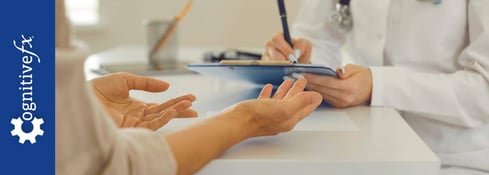
If you suffer from major depression, obsessive-compulsive disorder (OCD), or other mental health conditions, transcranial magnetic stimulation (TMS) has been proven to help. You may want to explore...
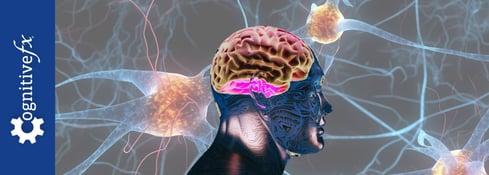
Transcranial magnetic stimulation (TMS) has been FDA-approved for treating major depressive disorder (MDD) since 2008 and is a well-established treatment option, especially for patients who haven’t...

If you’re considering transcranial magnetic stimulation (TMS) therapy, it’s essential to understand the potential pros and cons of the treatment. Fortunately, for those suffering from major...

If you or a loved one have had failed attempts with traditional antidepressant drugs, you may be considering alternative treatment options such as electroconvulsive therapy (ECT) and transcranial...
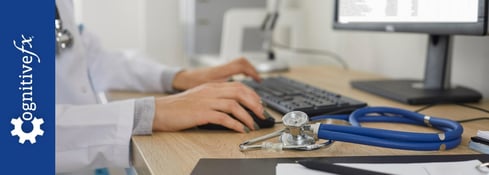
Intermittent theta burst stimulation (iTBS) has been growing in popularity since receiving FDA approval for treating major depression in 2018. This new brain stimulation method uses a series of...